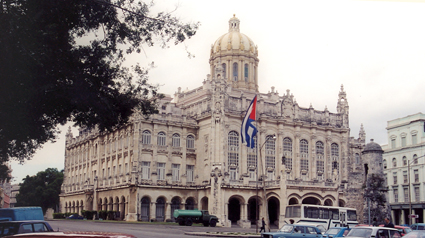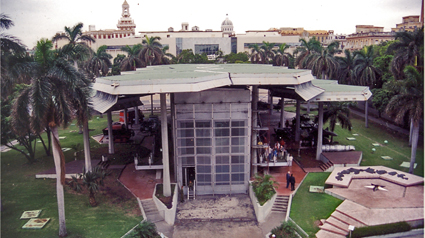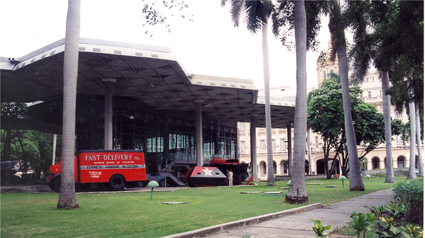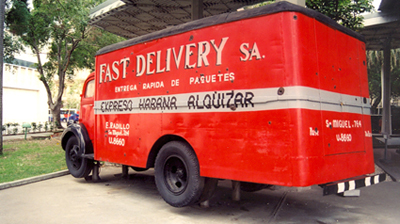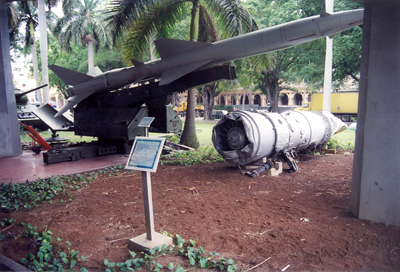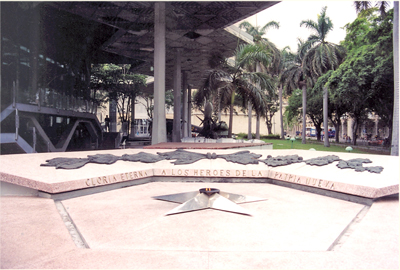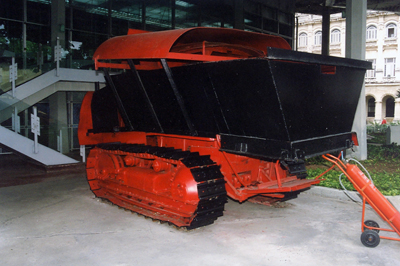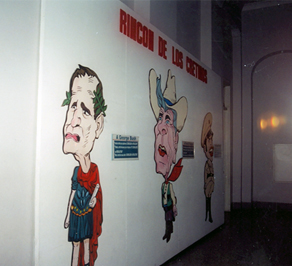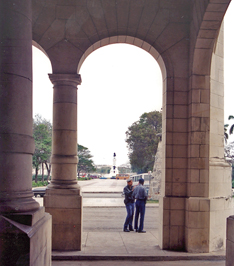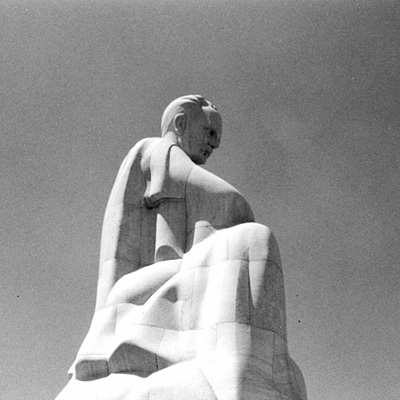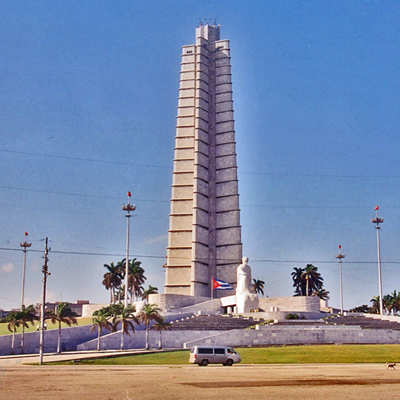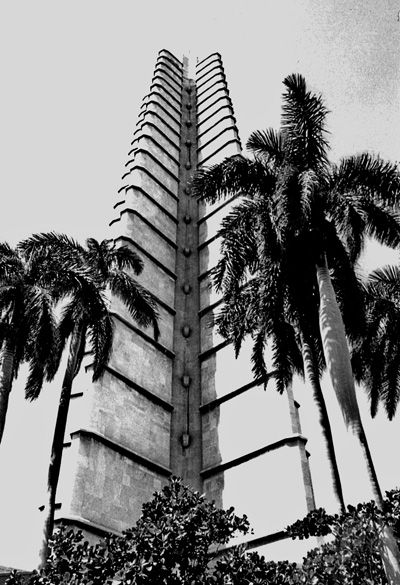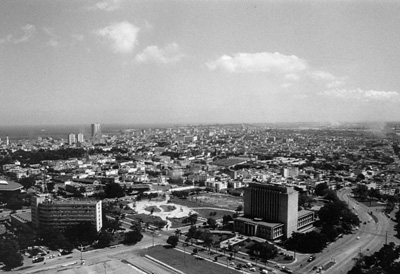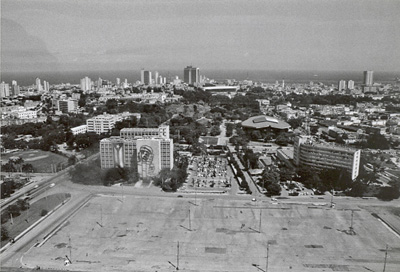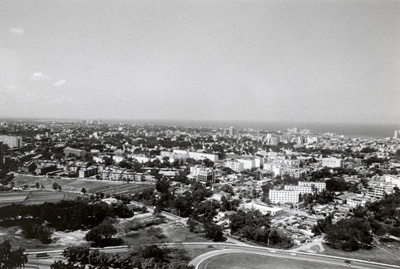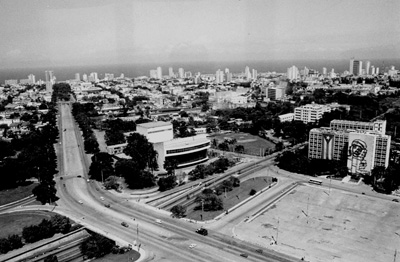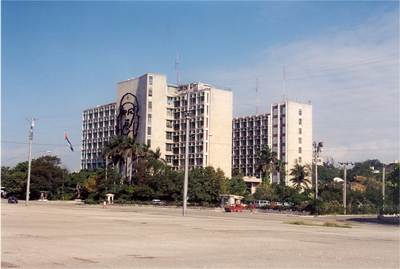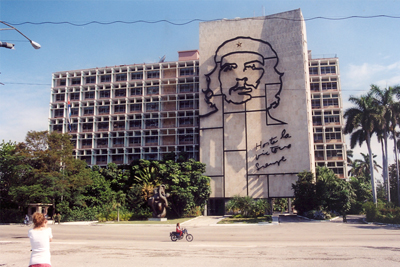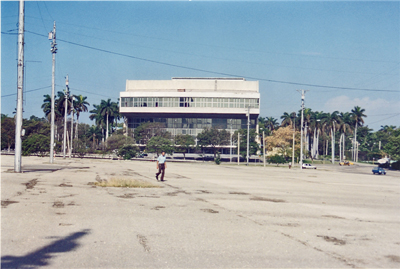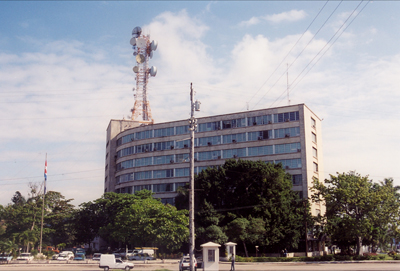"I believe that there is no country in the world including any and all the countries under colonial domination, where economic colonization, humiliation and exploitation were worse than in Cuba, in part owing to my country’s policies during the Batista regime. I approved the proclamation which Fidel Castro made in the Sierra Maestra, when he justifiably called for justice and especially yearned to rid Cuba of corruption. I will even go further: to some extent it is as though Batista was the incarnation of a number of sins on the part of the United States. Now we shall have to pay for those sins." U.S. President John F. Kennedy, interview with Jean Daniel, 24 October 1963 |
|---|
The Cuban Revolution against the regime of dictator Gen. Fulgencio Batista began in earnest in December 1956 when Fidel Castro led a group of eighty-two Cuban exiles who sailed on the yacht Granma from Veracruz, Mexico, to Cuba with the intent of bringing on a revolution. After two years of guerilla fighting all across the island, the rebel forces dealt the government forces a trio of defeats in late December 1958 and, on New Years Day 1959, Batista fled the country. Over the next few years, most of the country's wealthiest citizens fled as well, creating a vibrant ex-patriot community in south Florida and leaving a communist regime in their homeland. Although severely hampered by the American trade embargo that has existed in one form or another since 1959, Casto's Cuba still managed huge boosts in such things as adult literacy and universal health care but did not always respect human rights in the process of maintaining the Revolution.
Today, the Revolution is commemorated in the former Presidential Palace (1920), from which Batista fled in the small hours of the new year 1959. It is now the Museo de la Revolución, open daily for tours. To the rear, in the old palace gardens, is a modern, glass-enclosed structure that was built to house the historic Granma. All around are relics of the Cold War, for which Cuba was a flash point throughout the 1960s.
The other monument to revolution was first conceived as a new civic center and the location of a national memorial to the great Cuban patriot of the revolution against Spanish rule in the nineteen century, José Martí (1853-1895). Renamed, Plaza de la Revolución, it is dominated by the memorial tower and statue of Martí. Completed in 1958, the Martí memorial is fronted by a huge asphalt square where as many as a million people have assembled to hear Fidel Castro speak, often for hours on end. Pope John Paul also held a giant outdoor mass here during his visit in 1998. Behind and to the south of the Martí memorial is the Palacio de la Revolución, which is Communist Party headquarters. The Teatro Nacional flanks the west side of the square, the ministries of Interior and Communications the north, and the Biblioteca Nacional and Armed Forces headquarters the east. All of these structures were built 1953-1958, just prior to the communist revolution.
Museo de la Revolución |
|---|
![]()
